Known as the cultural capital of the north and a hub for coffee culture, Chiang Mai’s Old City is where centuries-old temples stand alongside trendy cafés, local art galleries, handicraft shops, and wellness spas—creating an atmosphere that feels both timeless and vibrant. Nestled in the lush mountains of Northern Thailand, and just a short drive from the Old City, Chiang Mai also offers access to some of Thailand’s most stunning national parks, including Doi Inthanon—the country’s highest peak—Doi Chiang Dao, Doi Ang Khang, and many more mountain landscapes perfect for hiking, bushwalking, cherry blossom viewing, and birdwatching.
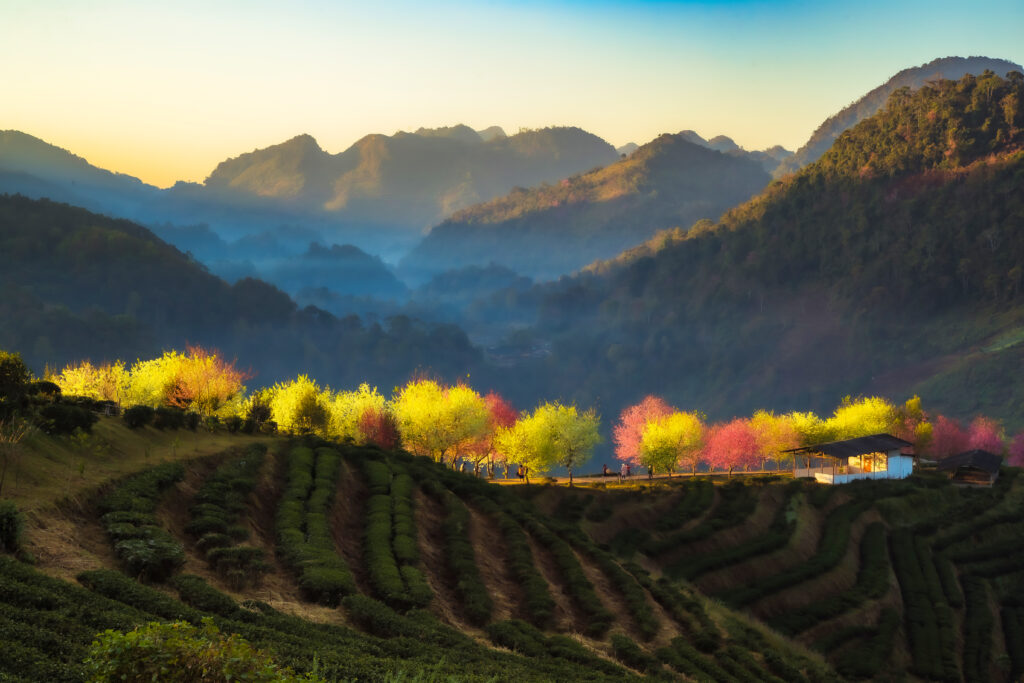
(Tips: In the north of Thailand, we call mountain – Doi, whereas in central Thailand, – Khao and in the northeast, – Phu.)
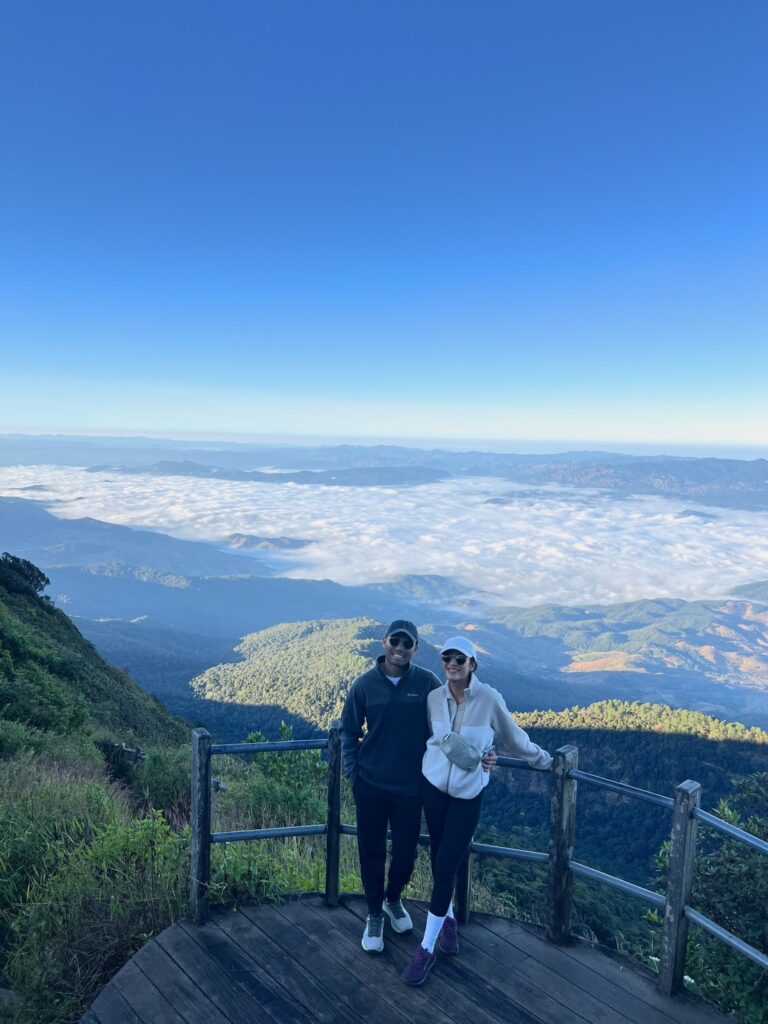
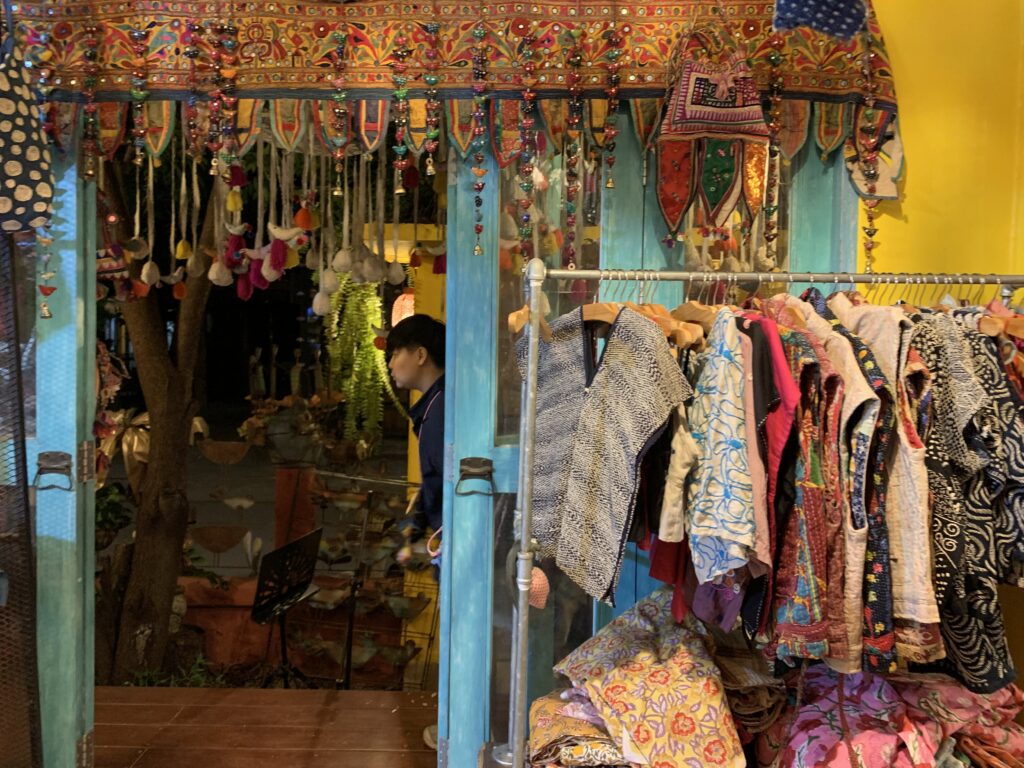
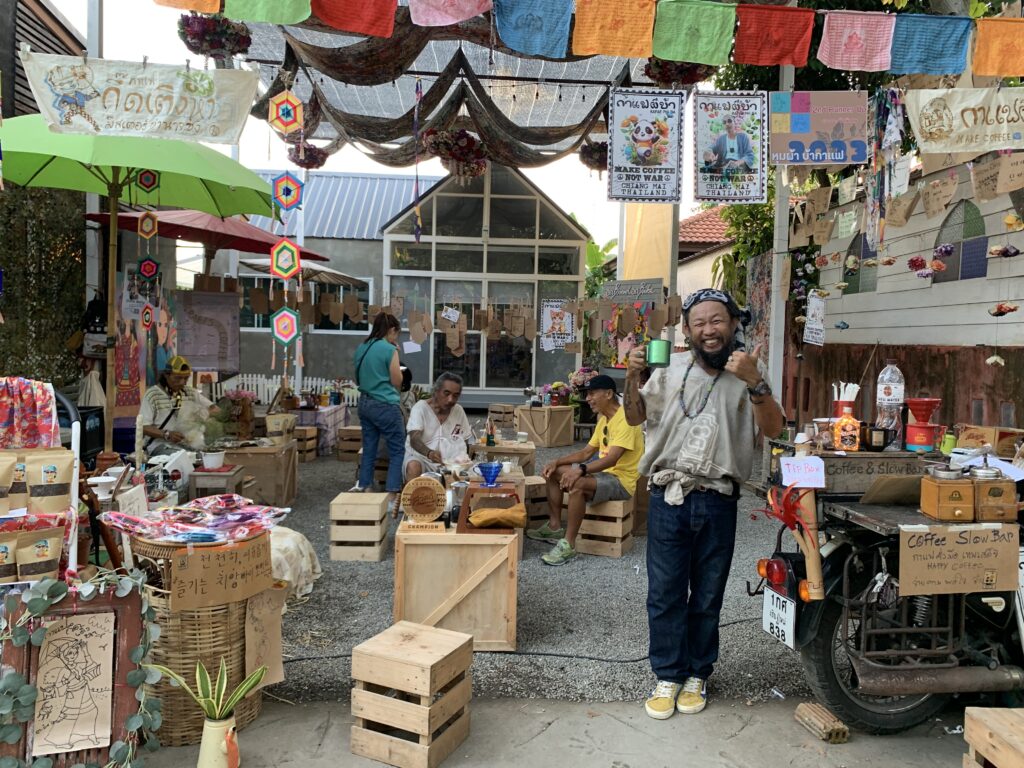
The Old CIty
Chiang Mai’s rich heritage is deeply woven into daily life. The Old City, surrounded by ancient walls and a moat, is home to countless historic temples—such as the golden Wat Phra Singh and the revered Wat Chedi Luang—where saffron-robed monks chant at dawn and visitors come to pay their respects. The slower pace of life invites mindful exploration, whether you’re walking, cycling or taking a Sam Lor (three-wheel rickshaw) through quiet alleyways, joining a monk chat, or participating in a daily alms-giving at sunrise.
A short walk from the Old City is Ping River. You can take a boat up and down the river, but I prefer a stroll in the morning before the weather gets hot and the crowds get out.

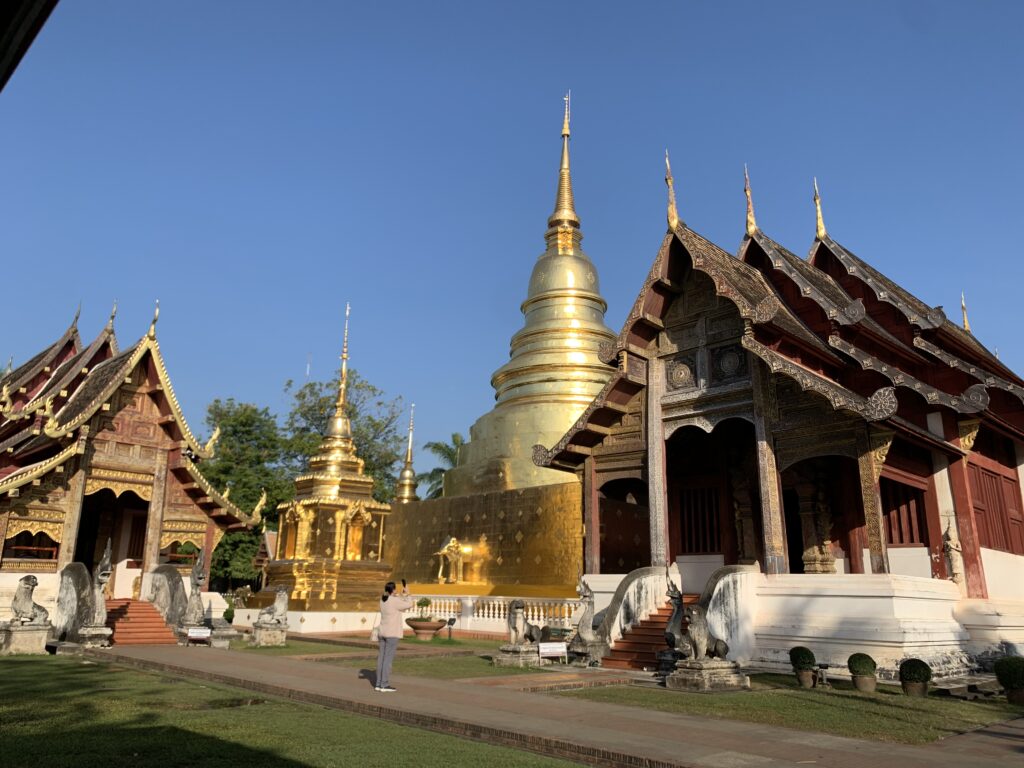
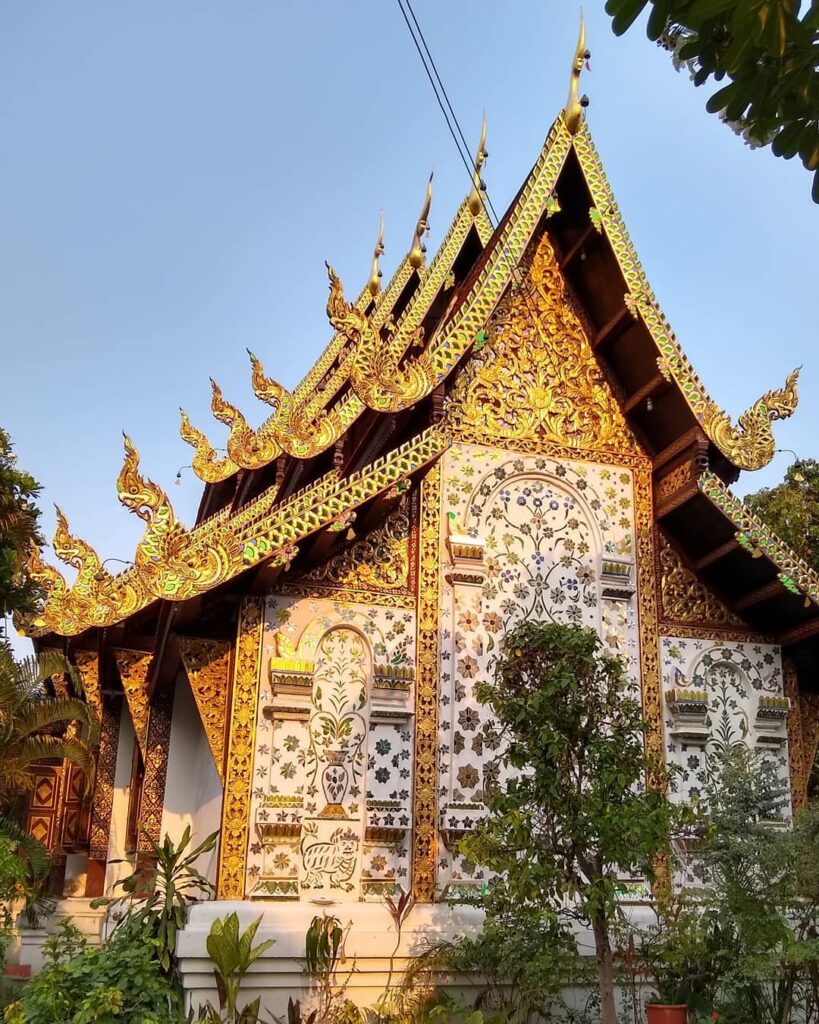
A bit out of town, another place worth exploring on foot or by bicycle is Wiang Kum Kam, an ancient city containing the ruins of a 13th-century settlement.
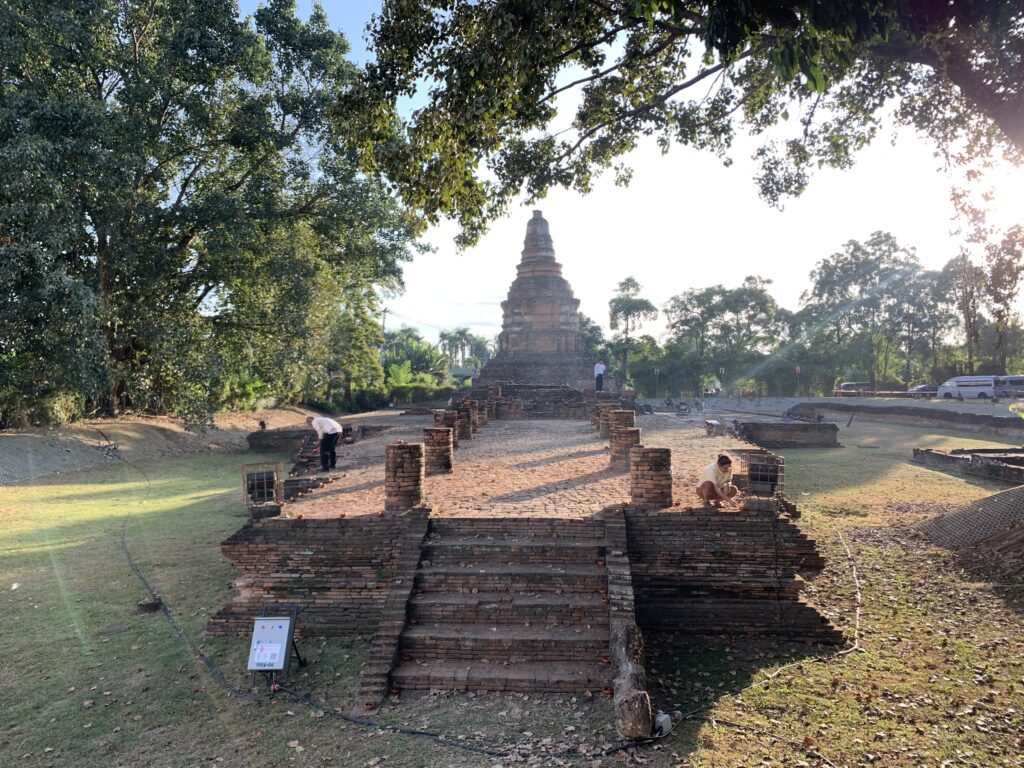
The Mountains
Chiang Mai isn’t just about temples and markets — it’s also surrounded by serene mountains that offer the perfect escape for conscious travellers. Whether you’re after a scenic drive, a real hike or a deeper connection to nature and local communities, these mountains promise more than just pretty pictures.
Doi Ang Khang, near the Myanmar border, is a peaceful highland known for its royal agricultural station founded by King Rama IX. Here, you can stroll through cool-climate flower gardens, sip locally grown tea, and explore villages of the Palong, Lahu, and Chinese Yunnanese communities. It’s a beautiful example of sustainable development in action — slow travel at its best.
Every January there’s a vivid explosion of colour as Himalayan Cherry Blossoms bloom across the slopes and in the valley in hues of delicate pink and brilliant white.
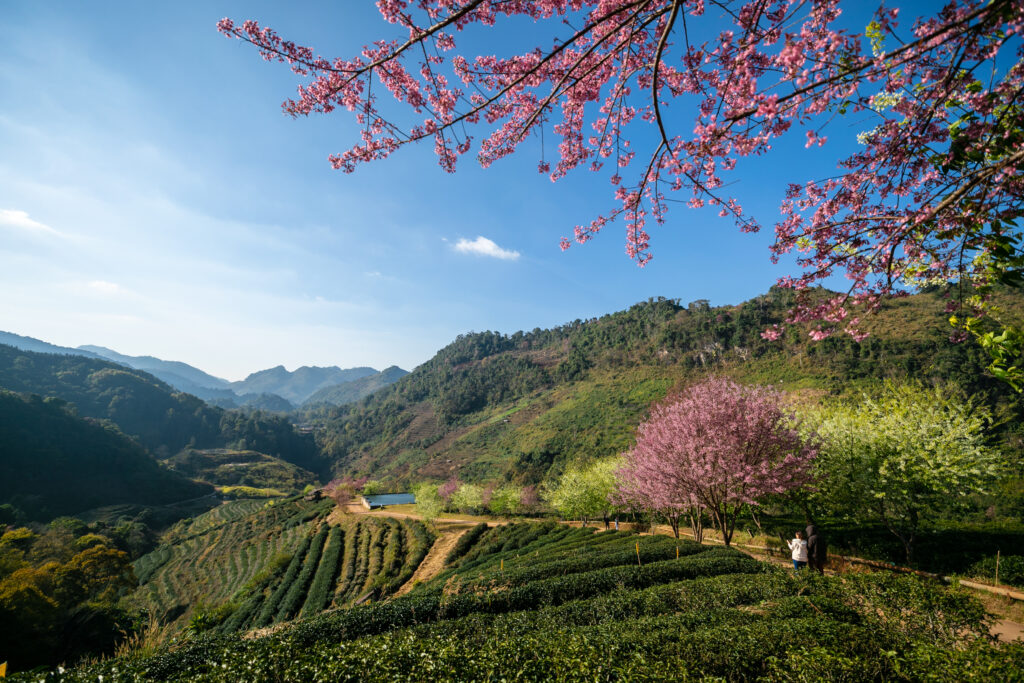
For a more off-the-beaten-path adventure, Doi Chiang Dao is a biodiverse mountain and spiritual haven that invites quiet exploration. It’s part of a UNESCO biosphere reserve and home to rare wildlife, limestone caves, and the peaceful Wat Tham Pha Plong, a forest temple built into the hillside. Hiking here is best done with local guides to protect the fragile ecosystem, and it’s a great way to support community-led conservation efforts.
No trip to Chiang Mai is complete without visiting Doi Inthanon, Thailand’s highest peak. Beyond its height, what makes it special is the variety of nature trails, cloud forests, and majestic waterfalls tucked within the national park. Conscious travellers can visit Karen and Hmong villages that run community-based tourism programs, sharing insights into their culture, crafts, and organic coffee farming.
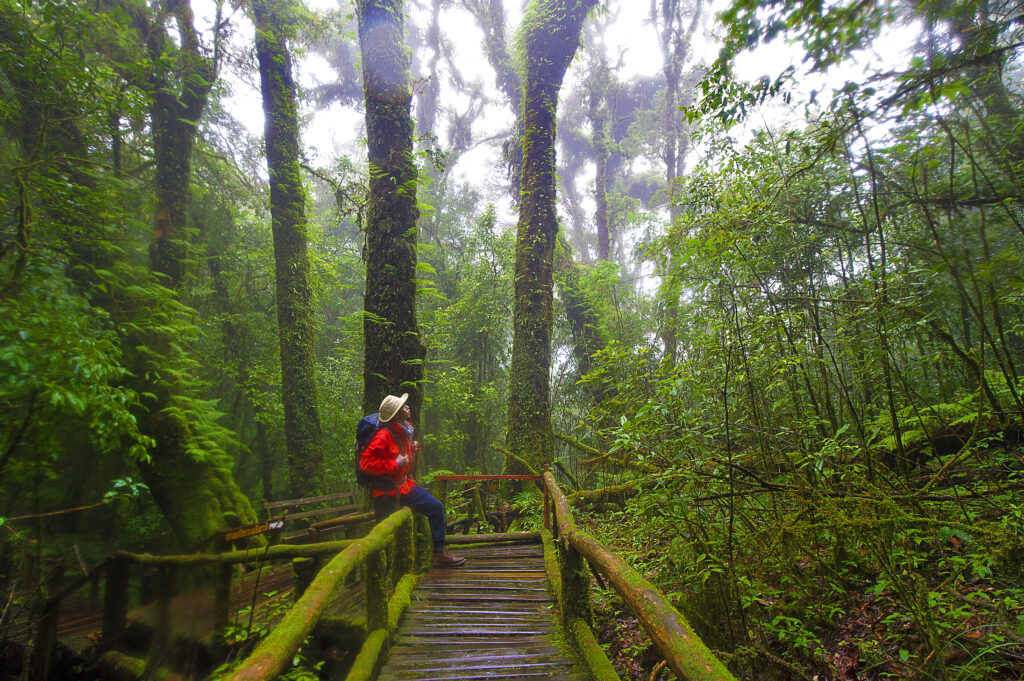
Closer to the city, Doi Suthep offers an easy yet rewarding escape. Most people visit the iconic Wat Phra That Doi Suthep, but for a quieter, more mindful experience, hike the Monk’s Trail to Wat Pha Lat — a forest temple hidden along the mountainside. The trail itself is shaded, peaceful, and meditative, perfect for those looking to slow down and reconnect.

Each of these mountains offers something special — whether it’s spiritual reflection, environmental richness, or meaningful cultural exchange. So take your time, tread gently, and let Chiang Mai’s mountain air refresh your body and spirit.
Meet the locals
I feel lucky to have many friends who live — or have lived — in Chiang Mai. They’ve shared their favourite travel tips with me, and often taken me to local eateries and markets that I might never have found on my own. (You’ll spot some of them in my photos!)
When it comes to travel advice, I find that insights from locals are often especially genuine and heartfelt, offering a different perspective compared to information from tourism boards, tour companies, or influencers. Of course, those sources are doing their jobs, and they often provide very helpful information too — but there’s something special about the personal touches and hidden gems that locals love and recommend.
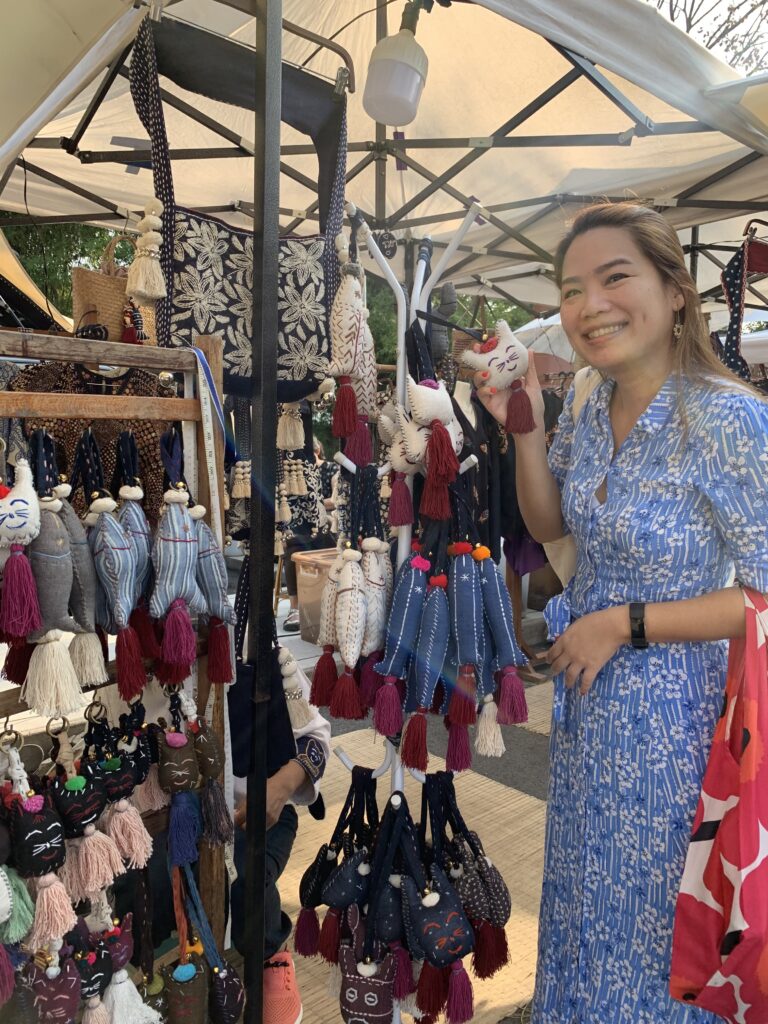
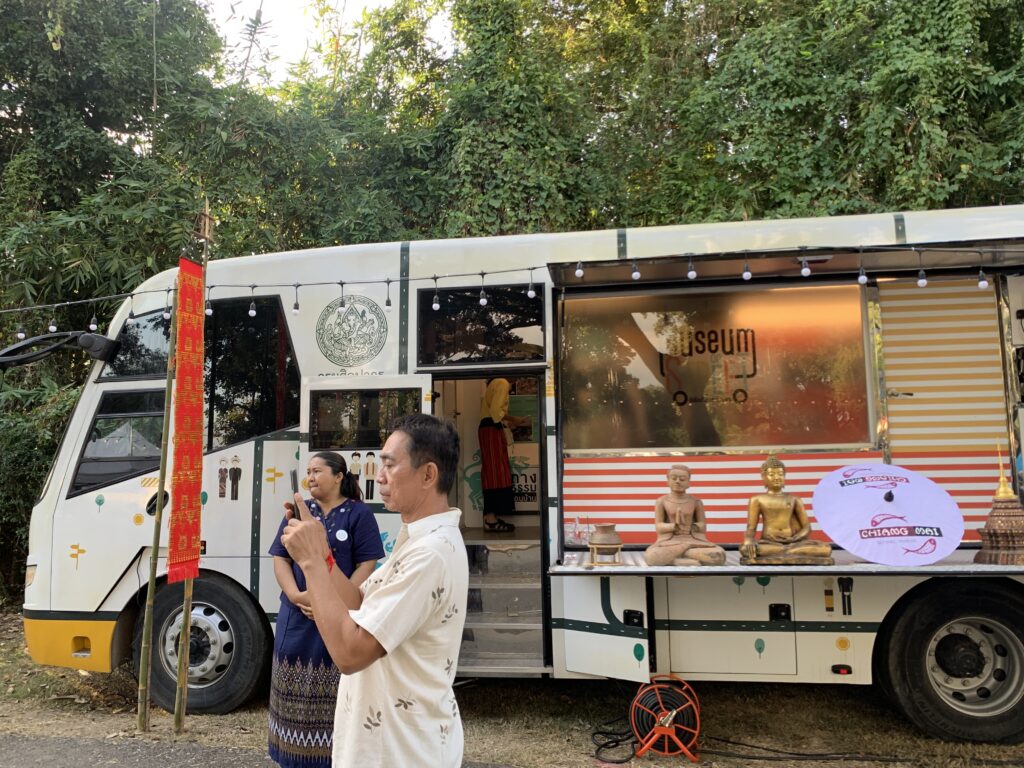

For those seeking wellness and balance, Chiang Mai is a true haven. It’s one of the best places in Thailand for wellness / meditation retreats, yoga classes, and spas. There are also many organic restaurants and cooking schools.
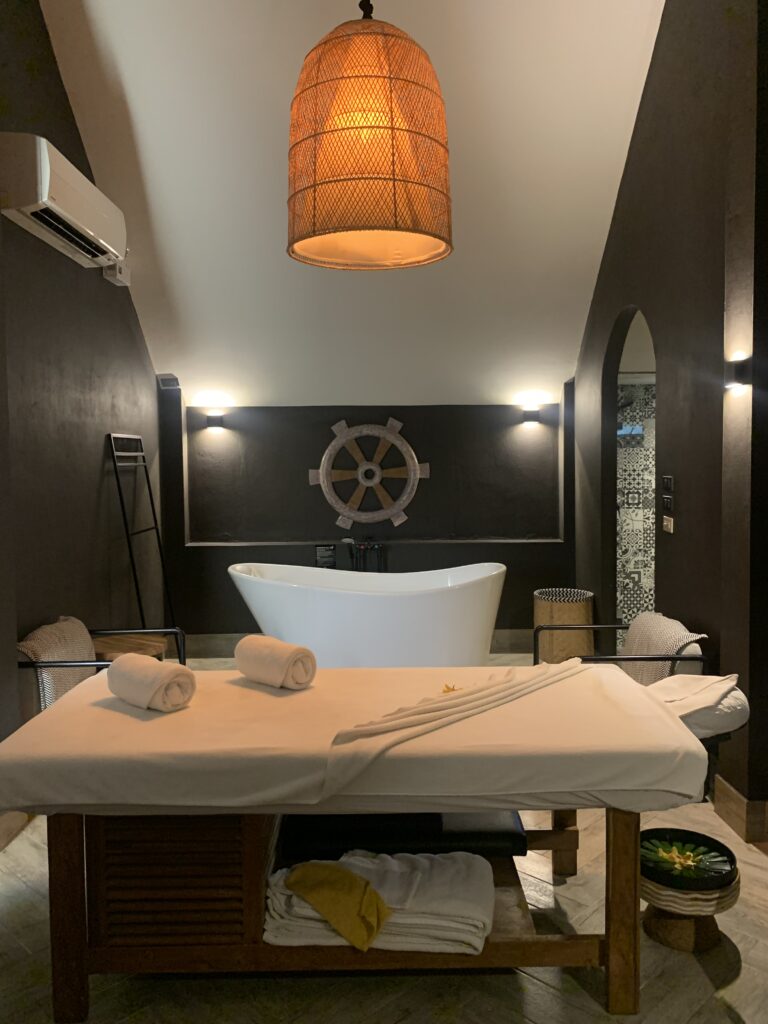
The surrounding countryside offers opportunities for nature walks, hot springs, and peaceful stays in eco-resorts or hillside homestays. One of my most memorable experiences in Chiang Mai was my stay at the Bush Camp, located about 2 hours’ drive from Chiang Mai town. I did 2 days – 1 night all-inclusive package which allows me to appreciate a daily elephant experience, uncover Karen culture, and immerse in Northern Thailand’s magnetic nature and ecosystems.
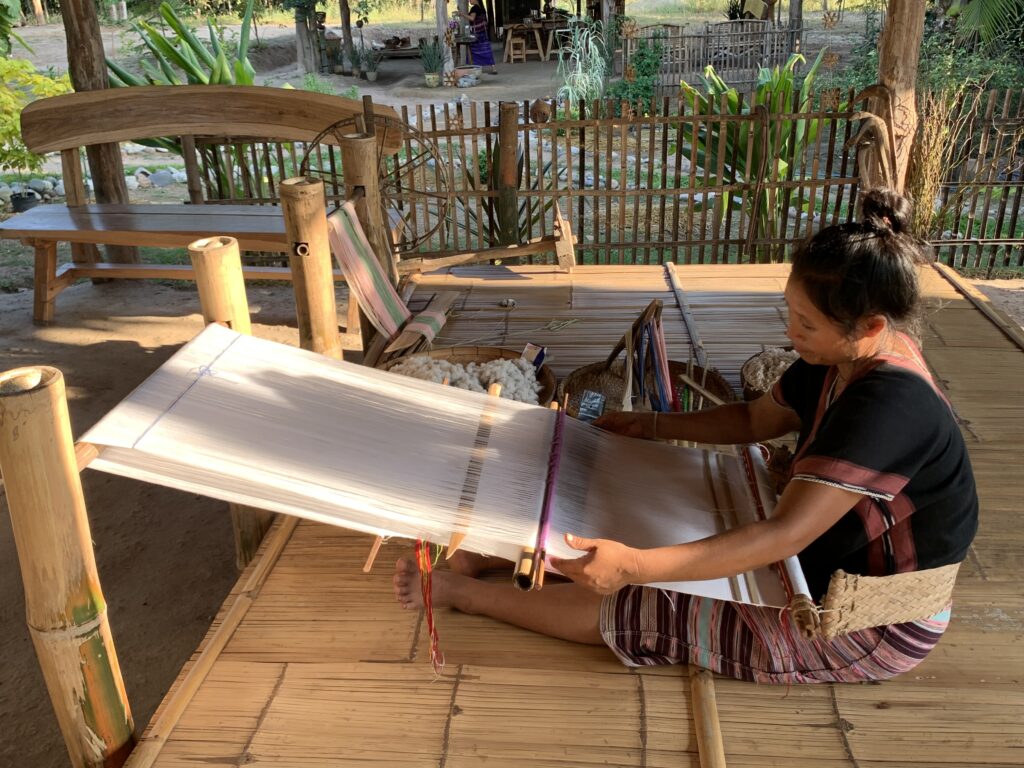
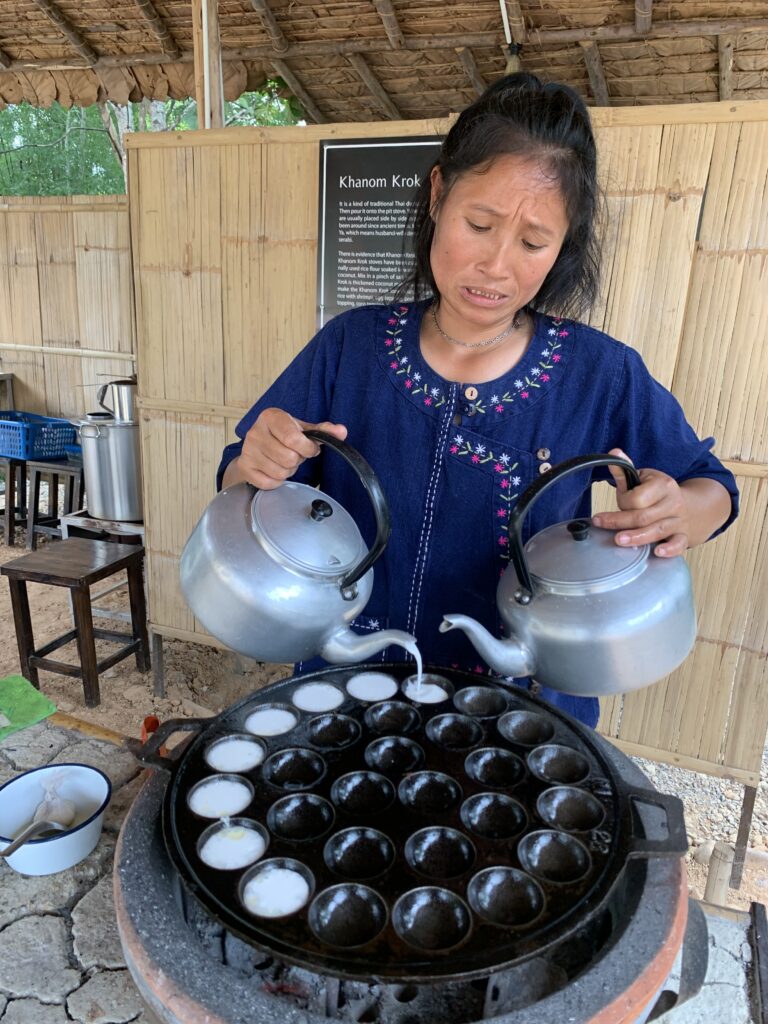

But Chiang Mai isn’t just about history and tranquility—it’s also bursting with creativity and colours. The city buzzes with artisan markets, contemporary art spaces, and vibrant festivals like Songkran (April), Loi Krathong (November), and Yi Peng (November), when lanterns float into the sky in a magical display. It’s a place where you can be still, be inspired, and be completely yourself.
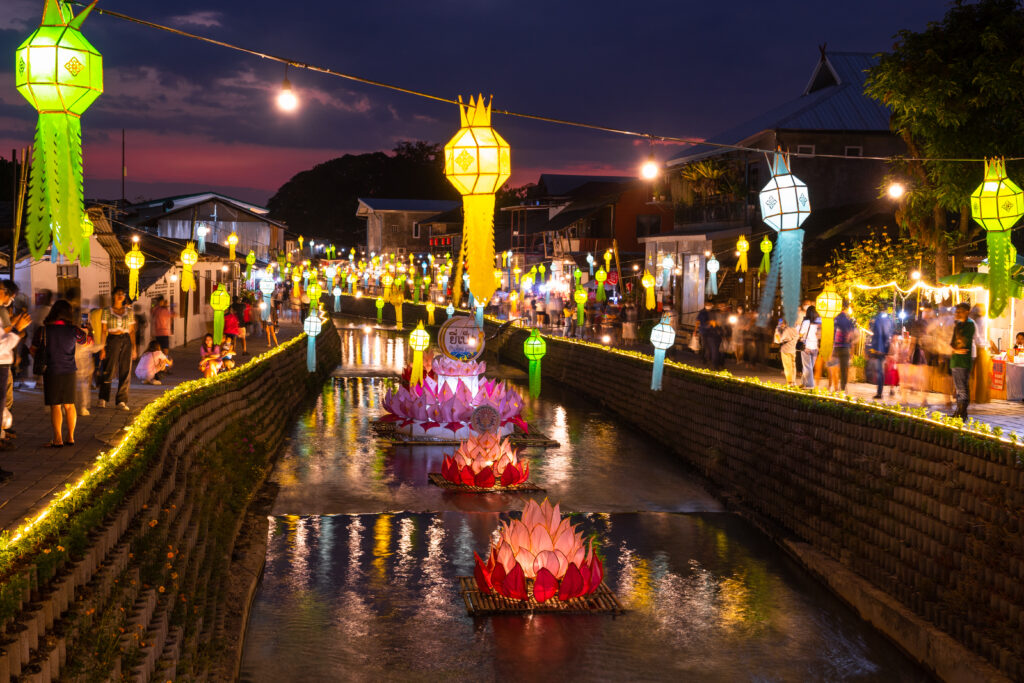
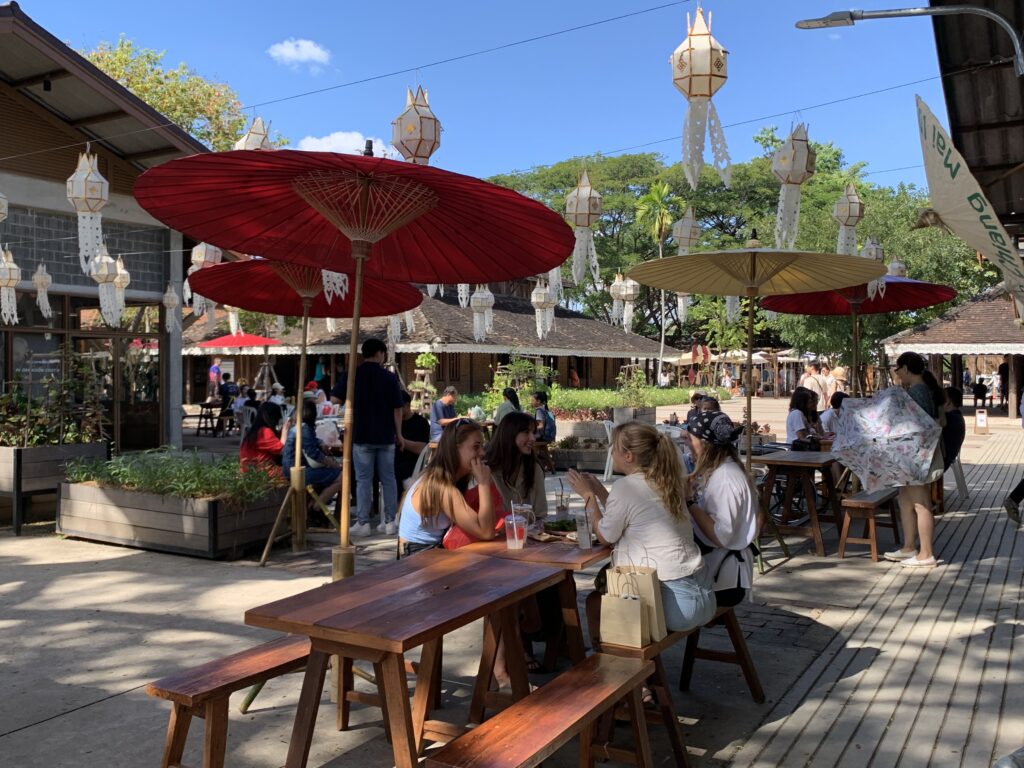
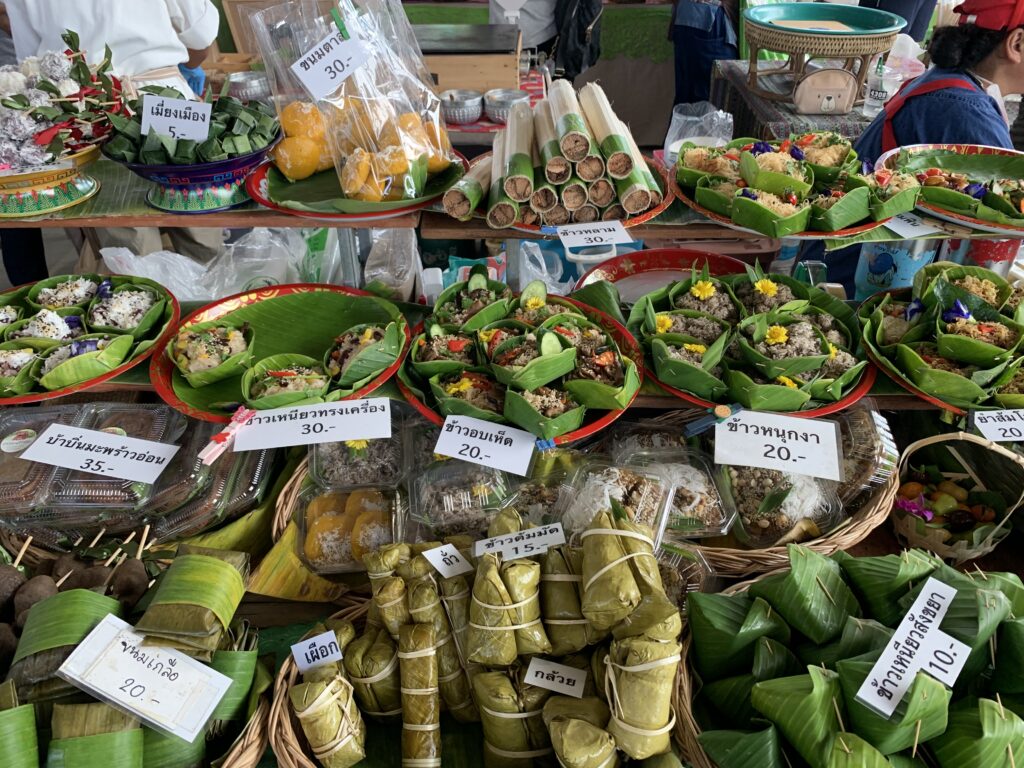
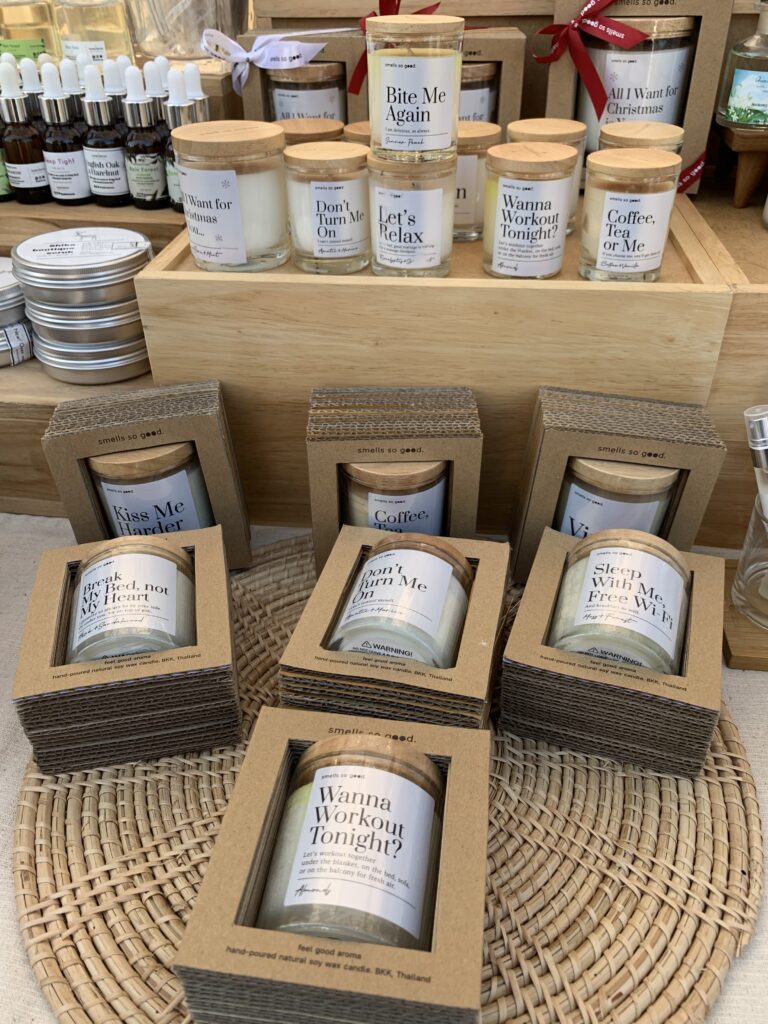


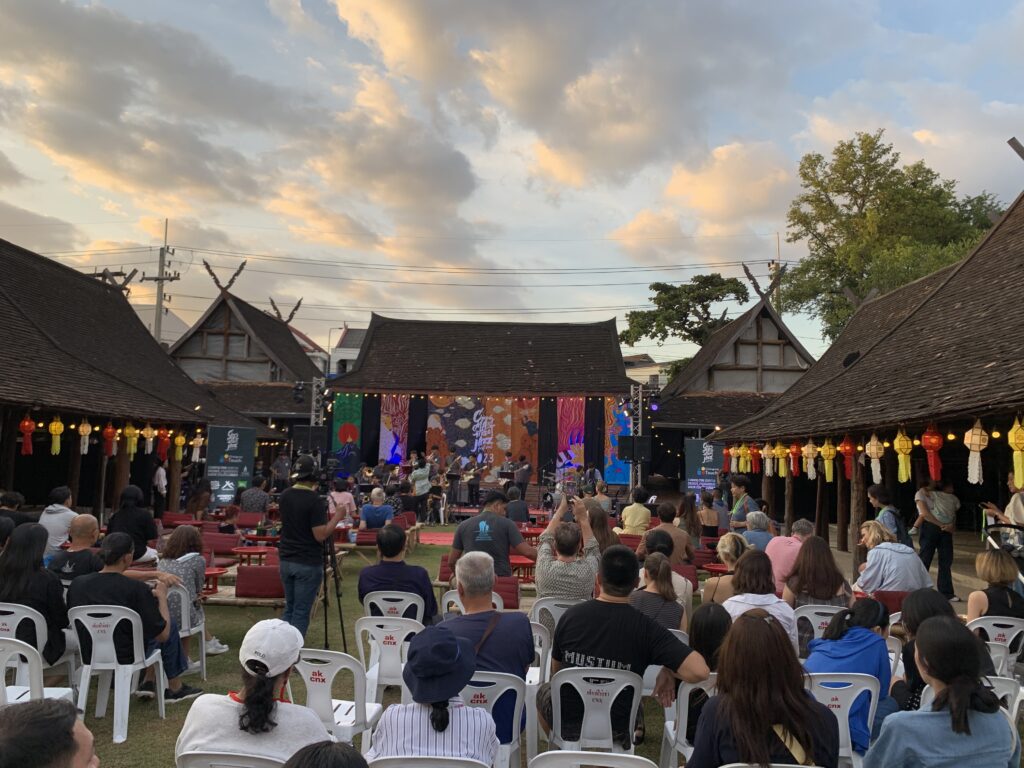
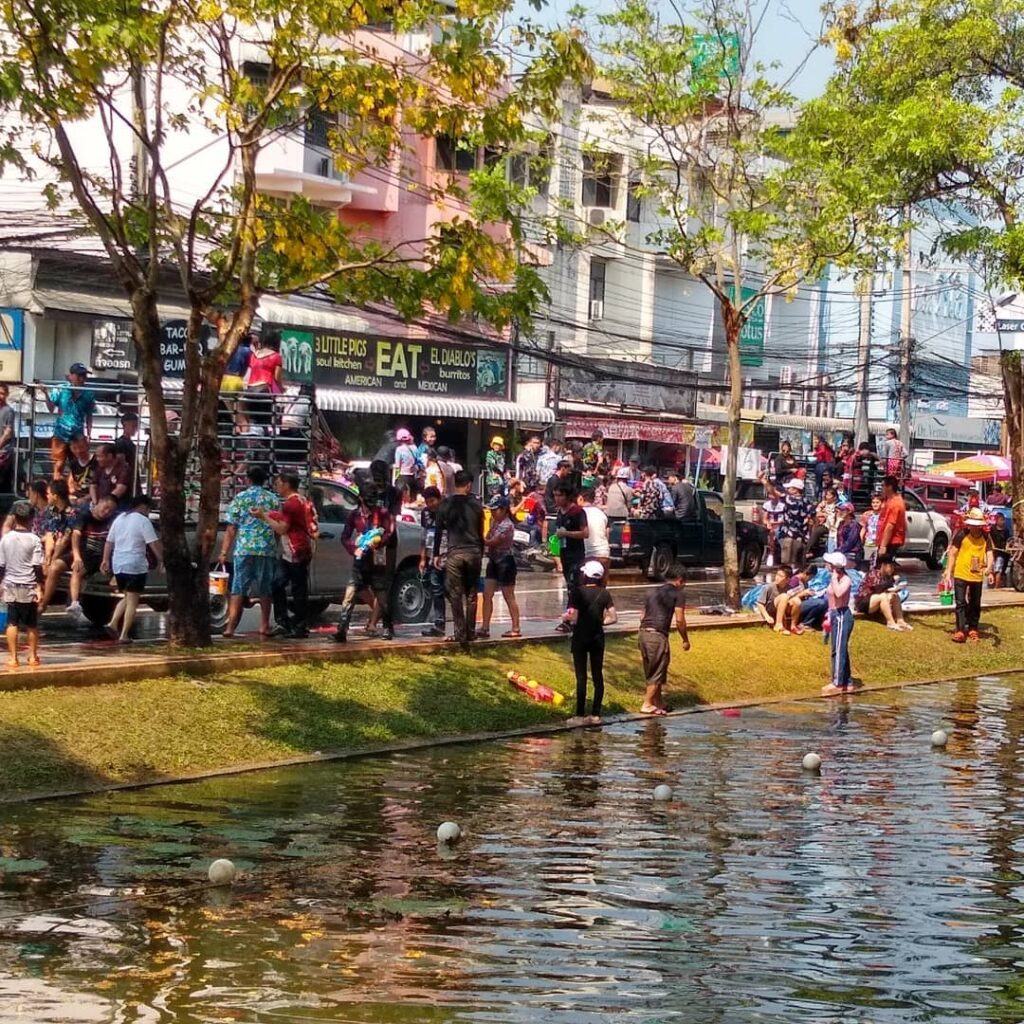
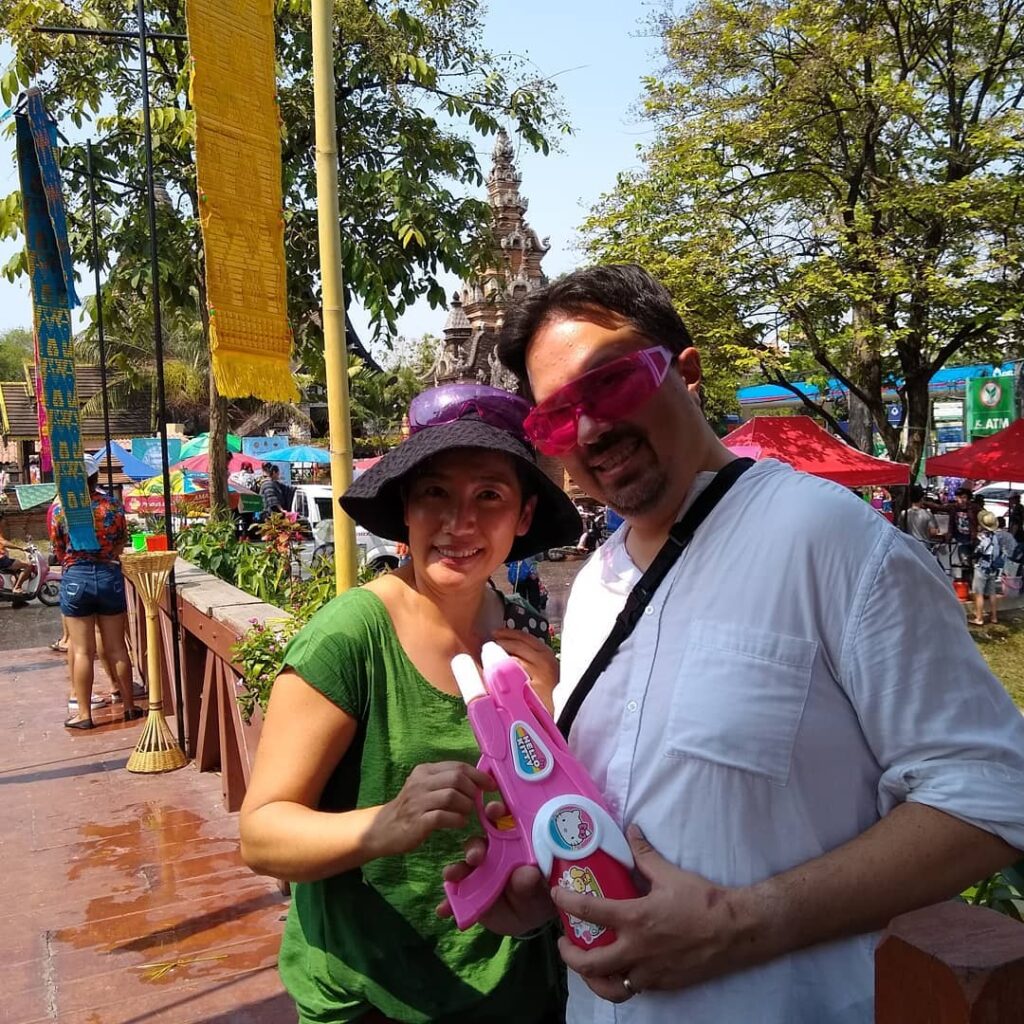
Whether you’re looking to immerse yourself in culture, join a wellness course, escape into nature to disconnect from your busy life, or simply reconnect with your inner self — Chiang Mai has it all.